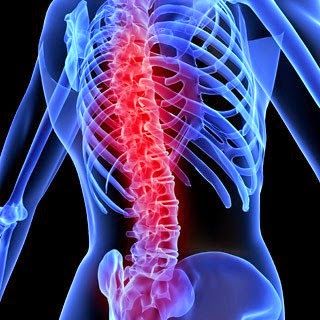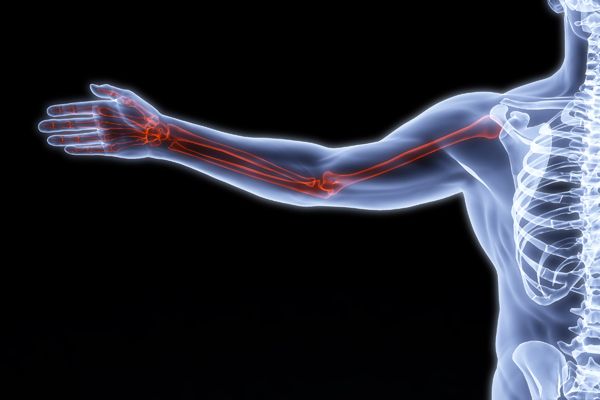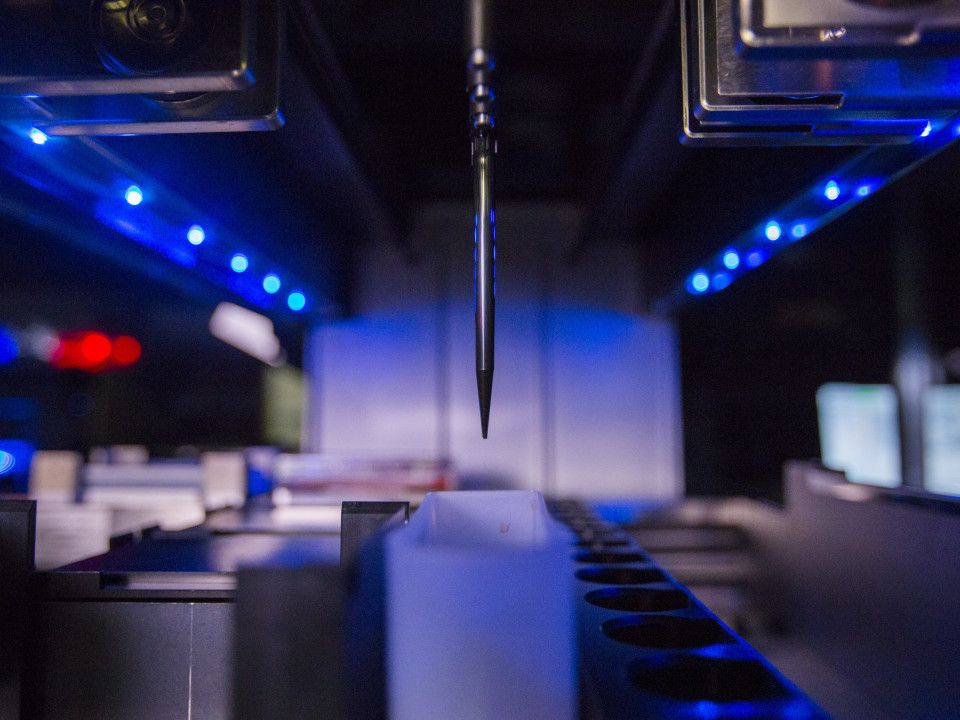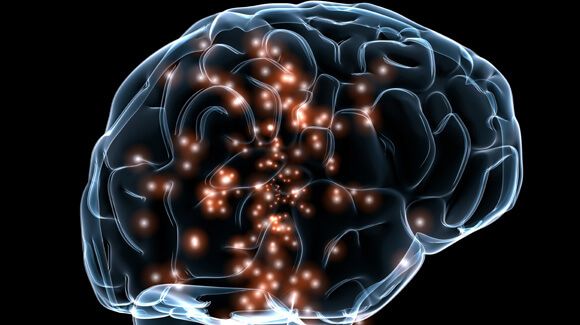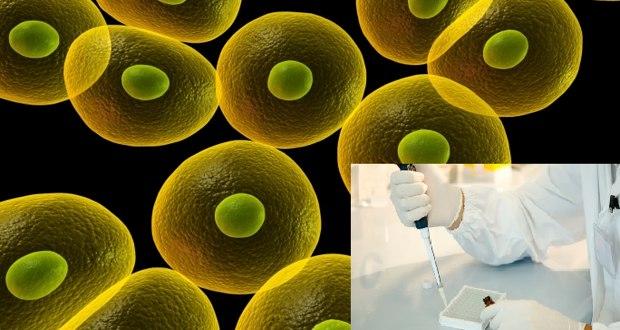Jul 23, 2014
Debate featuring Anders Sandberg on the future of human cloning
Posted by Frankie May in category: biotech/medical
Anders Sandberg, a member of the advisory board for the Lifeboat Foundation, recently took part in a panel debate on the future of human cloning produced by the Institute of Art and Ideas.
Debate blurb:
Human cloning is anathema to most of us conjuring up Metropolis visions of identical humans serving tyrannical masters. But might this be a mistaken horror story? Could human cloning instead lead to medical breakthroughs and the end to infertility?
Continue reading “Debate featuring Anders Sandberg on the future of human cloning” »


